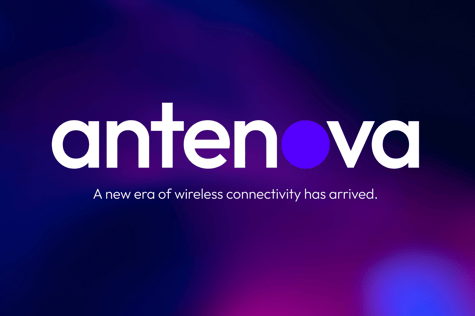Designing, developing and then launching an LTE device to market is difficult. The entire development cycle hinges on the success of stringent tests and critical certifications.
Every LTE device requires carrier certification or network approval. Making sure your device meets the testing criteria is tough, but essential. In North American markets, the testing parameters are even stricter, due to the physical space in between cell masts.
Your device needs to be up to scratch across a range of performance parameters to pass these tests. This requires specific attention across the entirety of your development process to ensure antenna performance is not inhibited.
Integrating MIMO Antenna
True LTE requires multi-stream connectivity. This necessitates a MIMO solution, one with multiple antennas for reception and transmission. In theory, this vastly increases the capacity for performance, but this does pose huge integration challenges.
The cost of ‘adding-in’ an antenna at the end of the development cycle can be crippling. Even if you’re taking an antenna-first approach to design oversights are easy to make—particularly in challenging devices.
There are several challenges unique to integrating LTE antenna, especially in complex, small and thin devices. A holistic view of antenna and device is necessary. Here are just three parameters you need to consider:
1. Isolation
Achieving LTE with high performance levels relies on sufficient isolation between antenna. The presence of multiple antenna working on the same frequency bands makes isolation a highly prevalent issue in integration.
One of the biggest benefits of LTE is that it is scalable. Different levels of performance can be obtained through a variety of solutions. The most effective method will vary for every application. It’s important to note, however, that more complex solutions will make it more difficult to isolate those signals.
Of course, every device will pose unique integration challenges. The best approach to tackling them is to review performance parameters at every stage of development—particularly for isolation.
Unnecessary power usage resulting from isolation issues can cause network approval failure. In the United States and Canada, network carriers are particularly stringent on these parameters.
2. Coupling
Coupling issues are also another necessary consideration during LTE device development. Depending on the end-use application for your product, a range of factors could decrease performance in-situ.
Network carriers realise that the performance of a device in an anechoic chamber will be vastly different to situational usage. The end users themselves are the most frequent source of coupling for many LTE applications. It’s important you consider this during design and development.
Approval tests are meticulous, just as carriers intend for them to be. They don’t only review over-the-air performance in anechoic testing conditions, but by using phantom body parts, too. It’s now a real challenge to get through these tests completely unscathed.
It’s important you carefully consider the location of all antenna within the device, so coupling effects are minimised.
3. Correlation
Attempting to integrate more than one antenna in a small device is difficult. In small, complex devices like smartphones, correlations are another crucial performance parameter you must consider.
Correlations occur when radiation patterns of MIMO antenna mimic one another. These are particularly prevalent in sub-1500 MHz frequency applications. This is due to the ground plane radiating element being shared across antenna.
You cannot always reverse correlation effects of antenna. Unless your brief has significant room for compromise, you will need to rely on the slack on testing parameters. Signal branch correlations are difficult to overcome, but carriers do recognise this and will often cut you some slack if the impact is not too detrimental.
Conclusion
LTE antenna are notoriously difficult to integrate in devices. Even the most experienced of RF engineers recognise the difficulty in optimising LTE antenna performance.
Network carriers getting involved only makes things more challenging. These stringent tests, and associated certifications in some circumstances, make the whole process arduous.
You don’t need to get overwhelmed, however. Whether you’re approaching your first LTE project or your hundredth, there is help at hand. Antenova can provide you with all the support you need and supply you with easy-to-integrate antenna. We can also assist you through every stage of network approval, with the advice and resources you need to get through it successfully.



